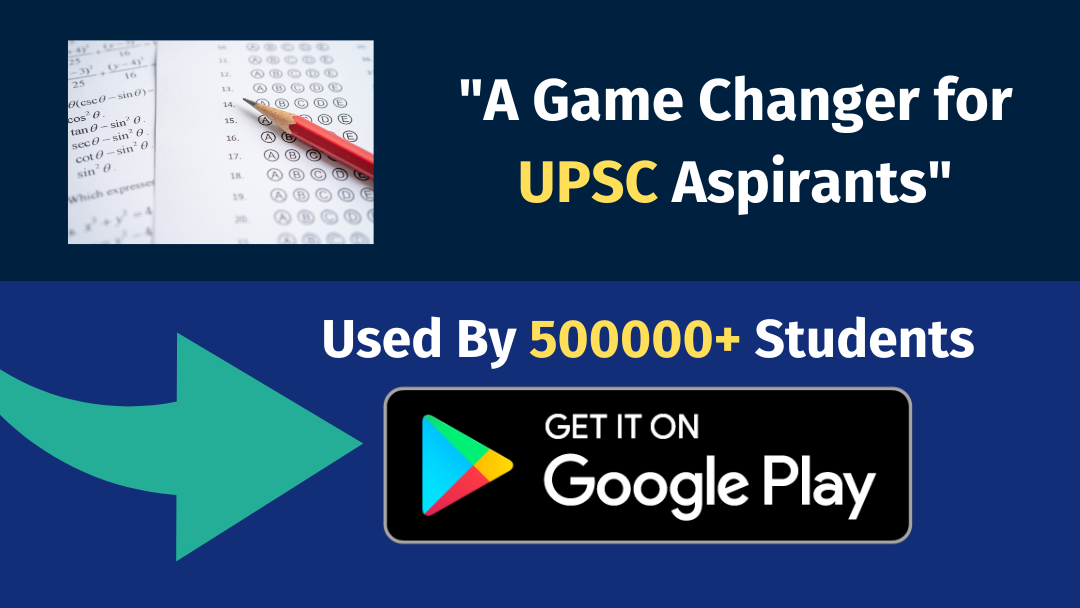Today’s Current Affairs: 26th August 2025 for UPSC IAS exams, State PSC exams, SSC CGL, State SSC, RRB, Railways, Banking Exam & IBPS, etc
Table of Contents
Mudumalai Tiger Reserve: Death Of 12-year-old tigress
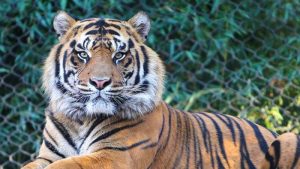
A 12-year-old tigress, which had been sick and roaming near the forest boundary in the Singara forest range of the Mudumalai Tiger Reserve (MTR) died recently.
- Mudumalai Tiger Reserve (MTR) is located in the Nilgiris District of Tamil Nadu, spread over 321 sq. km. at the tri–junction of three states, viz, Karnataka, Kerala, and Tamil Nadu.
- It lies on the Northeastern and Northwestern slopes of the Nilgiri hills, which is a part of the Western Ghats.
- It is part of the Nilgiris Biosphere Reserve, the first biosphere reserve in India.
- It has a common boundary with Wayanad Wildlife Sanctuary (Kerala) on the west, Bandipur Tiger Reserve (Karnataka) on the north, the Nilgiris North Division on the south and east, and Gudalur Forest Division on the south-west.
- The name Mudumalai means ”the ancient hill range”. Indeed, it is as old as 65 million years when the Western Ghats were formed.
- The terrain is undulating, with the elevation ranging from 960m to 1266m
- A variety of habitats ranging from tropical evergreen forest, moist deciduous forest, moist teak forest, dry teak forest, secondary grasslands, and swamps are found here.
- The Moyar River runs through the reserve.
- The Oscar-winning ‘Elephant Whisperers’ was filmed at the Theppakadu Elephant Camp, located inside the Mudumalai Tiger Reserve.
Two-day Conference On Vithalbhai Patel:
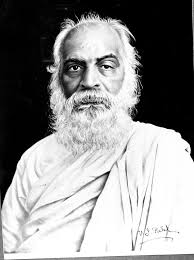
The Delhi Legislative Assembly held a two-day conference on ‘Vithalbhai Patel: His Role in Shaping India’s Constitution and Legislative Institutions’ in New Delhi recently.
- Vithalbhai Patel, born on 27 September 1873, was an Indian legislator and political leader, co-founder of the Swaraj Party, and elder brother of Sardar Patel.
- Much before Vallabhbhai Patel could enter politics, Vithalbhai got into the political world and became a prominent name in the Indian independence movement.
- Despite not being completely in sync with Mahatma Gandhi’s philosophy and practices, Vithalbhai joined Congress and began his struggle for India’s independence.
- He managed to win a seat in the Bombay Legislative Council with the help of a band of supporters.
- After the incident of Chauri Chaura and the end of the Non-cooperation Movement in 1922, Vithalbhai left Congress and established his own party called Swaraj Party, along with Chittaranjan Das and Motilal Nehru.
- The basic aim of the party was to enter the councils and abolish the government run by the British.
- He became popular amongst the masses through his oratorical and witty speeches.
- Thereafter, he was elected to the Central Legislative Assembly in 1923 and later in 1925, became the Assembly’s president.
- He was the first Indian to hold the post of the President/Speaker of the Central Legislative Assembly.
- Vithalbhai Patel drew the attention of the world towards the importance and need of India’s freedom. Thus, he lit the flame of the Indian freedom struggle not only in the country but also abroad.
- He died in Geneva, Switzerland, on October 22, 1933.
14th edition of Exercise Maitree:

The 14th edition of Exercise Maitree, a joint military exercise between India and Thailand, is scheduled to be held in Umroi, Meghalaya, from September 1 to 14, 2025.
- Exercise Maitree is a joint military exercise between India and Thailand.
- It will enable the two sides to share their best practices in tactics, techniques, and procedures for the conduct of joint operations.
- The 14th edition of Exercise Maitree is designed to further sharpen the operational capabilities of both the armies in undertaking joint company-level counter-terrorism operations in semi-urban terrain.
- It is set to take place in Meghalaya’s Umroi from September 1 to 14.
- This edition is significant as the exercise returns to India after a gap of five years.
- The last Maitree exercise was held in Tak Province, Thailand, where both sides had deployed 76 soldiers each, including India’s Ladakh Scouts and Thailand’s 1st Battalion of the 14th Infantry Regiment.
Matua Community:
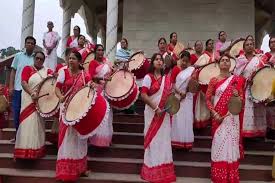
A social outfit recently organised a march with members of the Matua community in Habra of North 24-Parganas to protest against the proposed Special Intensive Revision (SIR) of electoral rolls in Bengal.
- The Matua community, a marginalized Hindu sect with roots in the 19th century, holds a significant socio- religious presence in the Bengal region, particularly across Bangladesh and West Bengal.
- Founded by Harichand Thakur in the 1860s, the Matua movement arose as a response to the deep-seated caste discrimination present within Hindu society at the time.
- As followers of the Matua faith, the community primarily belongs to the “Namashudra” caste, traditionally regarded as a lower-caste group within Hinduism.
- Harichand Thakur’s teachings centered on principles of social equality, human dignity, and the empowerment of marginalized groups through education and religious reform, making the Matua movement a powerful counterforce to caste oppression.
- Following the partition of Bengal in 1947, the Matua community experienced profound socio-political shifts.
- Many Matua families migrated to India to escape religious and political persecution, although a large portion of the community remained in what later became Bangladesh.
- Today, Matuas constitute the second largest SC population of West Bengal.
Integrated Air Defence Weapon System:
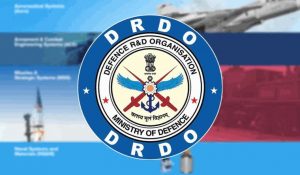
The Defence Research and Development Organisation (DRDO) has successfully conducted the first flight-tests of an Integrated Air Defence Weapon System (IADWS).
- It is a multi-layered air defence system, which includes three components — Quick Reaction Surface to Air Missiles (QRSAM), the advanced Very Short Range Air Defence System (VSHORADS) missiles and a high-power laser-based Directed Energy Weapon (DEW).
- The three components of the IADWS:
- QRSAM: It is a short-range Surface to Air Missile (SAM) system, primarily designed to provide a protective shield to moving armoured columns of the Army from enemy aerial attacks.
- The entire weapon system is configured on highly mobile platforms. It has search and track capability and can fire on short halts. The system has an operation range of three to 30 kilometers.
- The QRSAM weapon ensemble consists of a fully automated command and control system, two radars — Active Array Battery Surveillance Radar and Active Array Battery Multifunction Radar and one launcher. Both the radars have a 360-degree coverage with ‘search on move’ and ‘track on move’ capabilities.
- VSHORADS: It is a fourth-generation, technically advanced miniaturised Man Portable Air Defence System (MANPAD). This missile system has the capability to meet the needs of all the three branches of the Armed Forces — Army, Navy and Air Force.
- Directed Energy Weapon (DEW): Earlier this April, the CHESS facility conducted a successful field demonstration of the land version of the Vehicle mounted Laser DEW MK-II(A).
- QRSAM: It is a short-range Surface to Air Missile (SAM) system, primarily designed to provide a protective shield to moving armoured columns of the Army from enemy aerial attacks.
- It defeated fixed wing UAV and swarm drones, causing structural damage and disabling their surveillance sensors. With this, India has joined the exclusive club of global powers who possess such a system. DEW is said to have a range of less than three kilometers.
- QRSAM has been designed and developed by the DRDO, VSHORADS and DEW have been developed by Research Centre Imarat (RCI) and Centre for High Energy Systems and Sciences (CHESS) respectively, both Hyderabad-based facilities of the DRDO.
- The integrated operation of all these weapon system components is controlled by a Centralised Command and Control Centre, developed by the Defence Research and Development Laboratory, Hyderabad.
India has announced plans for 27% ethanol blending in petrol (E27) by 2030:
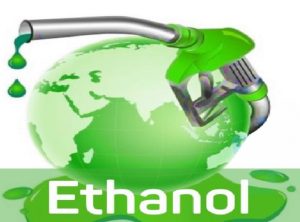
India has announced plans for 27% ethanol blending in petrol (E27) by 2030, extending its successful Ethanol Blended Petrol (EBP) programme.
- Ethanol, an alcohol derived mainly from sugarcane, maize, and surplus foodgrains, is blended with petrol to create a cleaner, renewable transport fuel.
- The Ethanol Blended Petrol (EBP) Programme was launched in 2003, beginning with 5% blending.
- Objectives:
- Reduce India’s dependence on imported crude oil.
- Conserve foreign exchange reserves.
- Lower vehicular emissions to support environmental commitments.
- Provide farmers with assured markets for crops, stabilising incomes.
- Encourage second-generation ethanol from crop residues, reducing stubble burning.
- Benefits of Ethanol Blending
- Energy Security – India imports nearly 88% of its crude oil, making the economy highly vulnerable to global price shocks. Ethanol blending substitutes imported crude, thereby reducing dependence on foreign oil.
- Environmental Gains – Ethanol blends cut carbon monoxide and hydrocarbon emissions, contributing to India’s Net Zero 2070 pledge and reducing urban air pollution.
- Farmer Welfare – Farmers benefit from steady demand for sugarcane and maize; over ₹1.2 lakh crore has flowed to them in the past decade through ethanol procurement.
- Rural Development – Distilleries in rural areas create jobs, promote agro-based industries, and reduce distress migration.
- Circular Economy Link – Initiatives like PM-JI-VAN Yojana promote second-generation ethanol from crop residues, turning waste into energy while tackling stubble burning.
ISRO Integrated Air Drop Test (IADT-01):
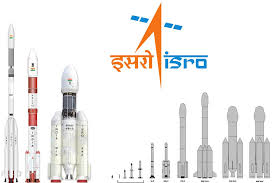
ISRO has successfully conducted its first Integrated Air Drop Test (IADT-01) for the Gaganyaan mission.
- ISRO Integrated Air Drop Test (IADT-01) is a specialised air-drop experiment to test the end-to-end parachute recovery system of the Gaganyaan crew module.
- Conducted with a dummy crew capsule (≈ 5 tonnes) released from an Indian Air Force Chinook helicopter.
- Developed by: Indian Space Research Organisation (ISRO)
- Aim is To demonstrate the reliability and sequencing of parachutes for slowing and stabilising the crew module during re-entry and splashdown, Ensure astronaut safety in descent and landing phases, the riskiest part of human spaceflight.
Integrated Food Security Phase Classification:
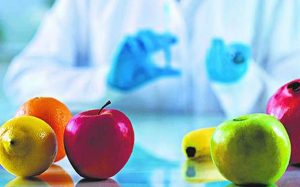
According to a new Integrated Food Security Phase Classification (IPC) analysis, more than half a million people in Gaza are trapped in famine, marked by widespread starvation, destitution and preventable deaths.
- It is an independent body funded by Western countries and widely recognised as the main global system for measuring the severity of hunger crises.
- It was set up to sound the alarm so that famine and mass starvation could be prevented and to help organisations respond.
- The IPC is overseen by 19 major humanitarian organisations and regional bodies. It typically partners with national governments to analyse data.
- It is an innovative multi-stakeholder global initiative aimed at enhancing food security and nutrition analysis to inform decisions.
- The IPC system charts acute food insecurity on a five-phase scale. Its most extreme warning is Phase 5, which has two levels, catastrophe and famine.
- If the IPC or one of its partners finds that at least one area is in famine, a famine review committee, led by up to six experts, is activated.
- For an area to be classified as in famine, at least 20% of people must be suffering extreme food shortages, with one in three children acutely malnourished and two people out of every 10,000 dying daily from starvation or malnutrition and disease.
- The IPC says it does not formally declare famine, but provides analysis for governments and others to do so.
- The IPC relies on the N. World Food Programme and other relief organisations and government agencies to provide data.
- The protocols used by the IPC are harmonized across the three individual scales (IPC Acute Food Insecurity, IPC Chronic Food Insecurity, and IPC Acute Malnutrition).
Bloom Syndrome:
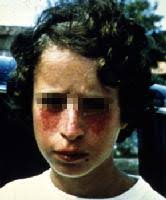
A 12-year-old girl diagnosed with the Bloom Syndrome, underwent a bone marrow transplant using stem cells from her younger brother at a private hospital in Chennai.
- Bloom Syndrome or BSyn is a genetic disorder, in which the BLM gene, a protein-coding gene, does not function as it should.
- It leads to growth delays, increased vulnerabilities to infections, sensitivity to the sun and an increased risk for certain cancers.
- The BLM gene is a gene that makes a protein involved in maintaining the structure of DNA, when DNA is copied in a cell, and in repairing damaged DNA.
- Mutations in the BLM gene may cause cells to lose their ability to repair damaged DNA, which may lead to abnormal cell growth.
- Other names for Bloom Syndrome are Bloom-Torre-Machacek syndrome and congenital telangiectatic erythema.
- It is inherited in an autosomal recessive This means that if both parents have a mutation in one of their two BLM genes and if the child inherits two of the disease-causing variants of the gene, then the disorder occurs.
- It is seen most commonly in the Eastern European (Ashkenazi) Jewish population.
- Signs and Symptoms:
- Poor growth is a common clinical feature, this happens during the development of the foetus and after birth. Below normal average height and head circumference may be seen.
- There may be abnormalities in certain features such as narrowing of the head and face, prominent ears and nose, long arms and legs and high-pitched voices.
- Skin lesions: The skin is very sensitive to sunlight and red rashes may develop after exposure. Insulin resistance which leads to an increased risk of diabetes, while other issues include immune deficiencies. People with Bloom Syndrome are at a higher risk of contracting infections such as ear and lung infections and also chronic obstructive pulmonary disease (COPD). In adults, male sterility and female infertility may occur.
- Bloom Syndrome increases the risk of developing cancer, and at an early age.
- Treatment: It involves a multi-disciplinary approach. Since there is no specific treatment, the goal is to manage symptoms.
Green Hydrogen : New Report
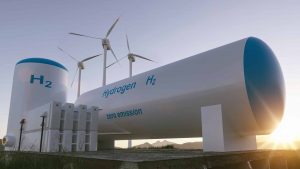
A new report has positioned India as a potential global leader in the green hydrogen economy, with the capacity to capture 10% of the worldwide market and export 10 million tonnes annually by 2030.
- Green Hydrogen refers to hydrogen produced through electrolysis, where renewable energy sources like solar, wind, or hydro are used to split water molecules (H₂O) into hydrogen (H₂) and oxygen (O₂).
- It can also be produced via biomass gasification, a process that converts biomass into hydrogen-rich gas.
- Its uses include a wide range of applications such as Fuel Cell Electric Vehicles (FCEVs), aviation and maritime transport, and various industrial sectors like fertilizers, refineries, and steel.
- It also holds potential in road and rail transport, shipping, and power generation.
- India’s Green Hydrogen Ambitions: Through policies like the National Green Hydrogen Mission, Green Hydrogen Certification Scheme, and development of Green Hydrogen Hubs at Kandla, Paradip, and Tuticorin, India MAPS its Green Hydrogen Ambitions as follows:
- M – Market Leadership: Capture 10% of the global GH2 market by 2030, projected to cross 100 MMT.
- A – Abatement of Emissions: Enable ~50 MMT CO₂ reduction annually, aligning with India’s NDC and net-zero goals.
- P – Powering Production: Develop 5 MMT per annum of GH2 production capacity by 2030.
- E – Employment Creation: Generate 6 lakh+ green jobs across the GH2 value chain, from R&D to production, storage, and export.
United Nations High Commissioner for Refugees (UNHCR) has temporarily suspended voluntary repatriation of Sri Lankan Tamil refugees from India after arrests of returnees in Sri Lanka.:
UNHCR is the UN Refugee Agency, established in 1950 by the UN General Assembly to assist people displaced after World War II. It is headquartered in Geneva, Switzerland with operations in 137 countries. Guided by the 1951 Refugee Convention and 1967 Protocol, which defines refugees and sets global standards for their rights and protection. It provides refugee protection, humanitarian aid, promotion of durable solutions (asylum, repatriation, integration, resettlement), and support to states in framing refugee policies under international law.1951 Refugee Convention & 1967 Protocol forms the foundation of international refugee law, defining a refugee as a person outside their home country, unable/unwilling to return due to a well-founded fear of persecution (based on race, religion, nationality, political opinion, or social group).It upholds the core principle of non-refoulement, ensuring refugees are not returned to danger, while granting rights to housing, education, work, and legal protection. Refugees must respect host country laws, though those guilty of war crimes or serious crimes are excluded from protection.
Lunar Module Launch Vehicle (LMLV), expected to be ready by 2035:
The Indian Space Research Organisation (ISRO) has announced the development of its heaviest rocket ever — the Lunar Module Launch Vehicle (LMLV), expected to be ready by 2035. The LMLV is ISRO’s next-generation heavy-lift launch vehicle. It will be the most powerful rocket built by India, designed specifically for lunar and interplanetary missions.Objective is To enable crewed lunar missions by 2040, to carry larger payloads to the Moon and support deep space exploration, to enhance India’s self-reliance in human spaceflight technology.
Specifications:
- Payload to Moon: ~27 tonnes.
- Payload to Low Earth Orbit (LEO): ~80 tonnes (200–2,000 km).
- Timeline: Planned readiness by 2035.
- Propulsion: Advanced cryogenic and semi-cryogenic engines expected.
